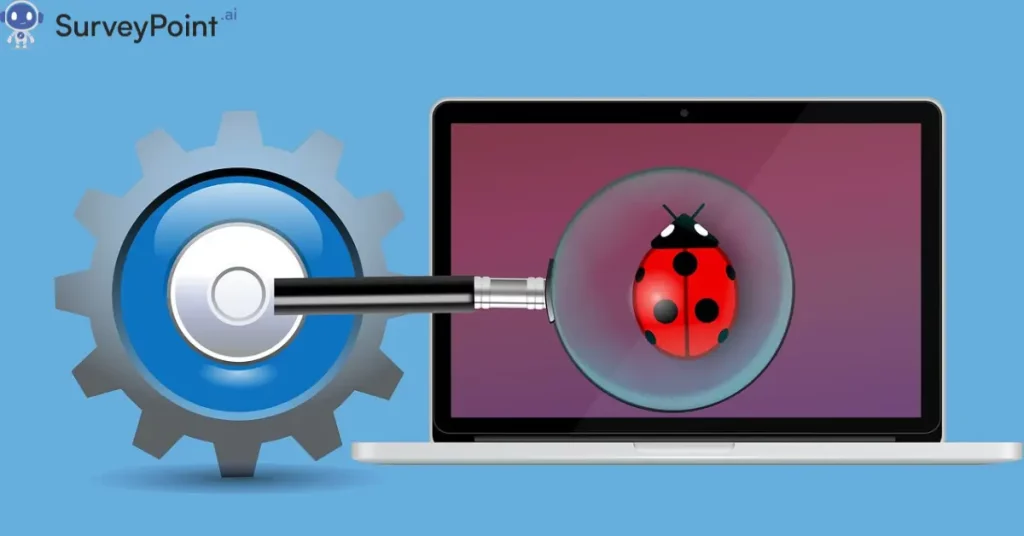
In the intricate landscape of software development, bugs are the ever-present companions of developers, testers, and users alike. This comprehensive guide takes you on a journey through the myriad types of software bugs, providing insights into the diverse challenges faced in the realm of coding and testing.
Understanding the Basics: What Are Software Bugs?
1. Defining Software Bugs: Software bugs are glitches, errors, or unexpected behaviors in a computer program that deviate from its intended functionality. These bugs can manifest at various stages of development, from coding to testing and even after deployment.
2. The Significance of Bug Tracking: Efficient bug tracking is crucial for identifying, isolating, and resolving issues. It ensures that software applications function as intended, minimizing disruptions for users and maintaining the integrity of the development process.
List of Software Bugs: Common Culprits in the Coding Realm
1. Syntax Errors: The Basics of Coding Missteps Syntax errors occur when the code violates the programming language’s rules. These errors are often caught during the coding phase and prevent the program from compiling.
2. Logical Errors: Deceptive Bugs in the Algorithm Logical errors are trickier to spot as they don’t result in immediate failures or error messages. Instead, they lead to incorrect calculations or unexpected behaviors, requiring meticulous analysis to identify and rectify.
3. Runtime Errors: Unforeseen Issues in Action Runtime errors occur during the execution of a program and can lead to crashes or unexpected terminations. Common examples include division by zero or attempting to access memory that doesn’t exist.
4. Interface Bugs: Disruptions in User Experience Interface bugs impact the user interface (UI) and user experience (UX) of an application. These can range from misaligned buttons to functionality issues in dropdown menus, hindering the user’s interaction with the software.
5. Compatibility Bugs: Challenges Across Platforms Compatibility bugs arise when software behaves differently on various platforms, browsers, or devices. Ensuring cross-platform compatibility is crucial to deliver a consistent user experience.
6. Performance Bugs: The Need for Speed Performance bugs affect the speed and responsiveness of an application. These may include slow loading times, memory leaks, or excessive resource consumption, impacting the overall efficiency of the software.
Bugs Types in Software Testing: Unveiling Challenges in Quality Assurance
1. Functional Bugs: Deviations from the Blueprint Functional bugs occur when a software feature doesn’t perform as specified in the requirements. This can include incorrect calculations, faulty data processing, or unexpected outputs.
2. Integration Bugs: Glitches in Collaboration Integration bugs manifest when different components or modules of a software system fail to work seamlessly together. These bugs often arise during the integration testing phase.
3. Regression Bugs: The Unintended Return of Old Issues Regression bugs occur when new code changes unintentionally reintroduce issues that were previously resolved. Thorough regression testing is crucial to prevent the resurgence of old bugs.
4. Performance Testing Bugs: Struggles with Scalability Performance testing bugs emerge when a software application fails to meet performance benchmarks under certain conditions, such as high user loads or data volumes.
Different Types of Computer Bugs: Exploring the Digital Menace
1. Hardware Bugs: Challenges Beyond Software Hardware bugs occur at the intersection of software and hardware, impacting the functionality of devices. These bugs can lead to issues like system crashes, data corruption, or hardware malfunctions.
2. Firmware Bugs: Navigating the Software-Hardware Boundary Firmware bugs affect the low-level software embedded in hardware devices. These bugs can compromise the stability and security of the device.
Conclusion: Navigating the Bug-Infested Coding Landscape
As we traverse the diverse types of software bugs, it becomes evident that these digital nuisances are an inherent part of the software development journey. While bugs pose challenges, they also serve as opportunities for improvement, learning, and refining the software development process.
Effective bug management involves not only identifying and fixing issues but also implementing preventive measures through robust testing practices, code reviews, and collaboration among development and testing teams. In the ever-evolving realm of software development, acknowledging the existence of bugs is the first step toward creating resilient, reliable, and user-friendly applications that stand the test of digital challenges. For more information checkout- surveypoint.ai




